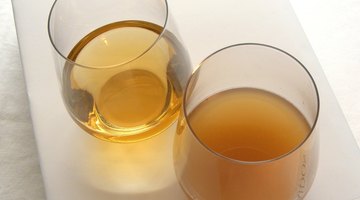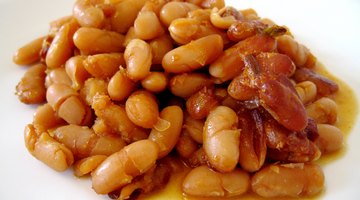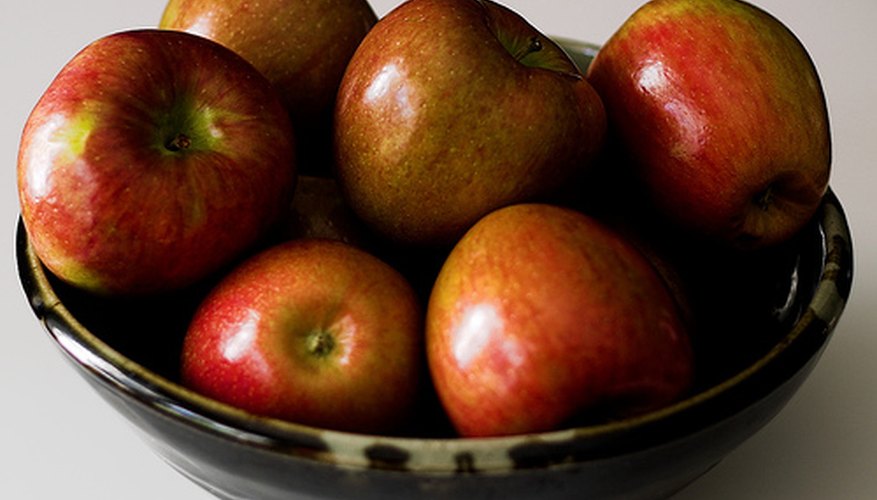Diabetes patients are told to control their blood glucose levels by decreasing the sugar and carbohydrates in their diets, often using the glycemic index for food choices. Diverticulitis patients are prescribed a clear liquid diet during a flare-up and a high-fibre diet during other times. If you're someone who suffers from both conditions, how do you blend a low-glycemic diet (those foods with the least immediate effect on blood glucose) with either a clear liquid diet or a high fibre plan?
Clear Liquid Diet Considerations

During acute flareups of diverticulitis, doctors often prescribe a clear liquid diet. If you're also following a diet for diabetes, you'll need to steer clear of sugary fruit juices and bars and choose instead broth and consomme, sugar-free gelatin, sugar-free Popsicles, coffee, tea, sugar-free soft drinks, and lactose-free, low residue supplements if they're approved by your physician and are also sugar-free.
Mixing High-Fiber and Low-Glycemic Foods

Once your acute diverticulitis is under control and you've been cleared by your doctor to switch to a regular diet, select foods that are both high fibre and low glycemic, avoiding processed foods as they contain hidden sugars, using the following categories:
Grains: Choose breakfast cereals comprised of wheat bran, barley and oats; select whole-grain breads made with seeds; eat whole-grain pasta and brown rice in place of potatoes. Oatmeal is best if of the slow-cooked variety; quick-cooking oats have a much higher rating on the glycemic index.
Legumes: Beans are among the highest-fibre foods available. Navy beans are the highest, but other good sources are kidney beans, split peas, lentils, black beans and pintos.
Vegetables: Pretty much all vegetables are good for both diabetes and diverticulitis, but some have more fibre than others, namely broccoli, artichokes, brussel sprouts, cooked spinach and other greens and okra. Starchy vegetables like potatoes, pumpkin, corn, parsnips and winter squash are treated like breads on a diabetes diet exchange list, so they should be used in moderation.
Fruit: Although fruits can be higher in sugar, if you eat them whole with skins intact instead of processed, the fibre content is higher and they will be much less likely to raise blood glucose levels. The general rule of thumb for diabetes is to limit fruit consumption to two to three servings per day.
Meat, dairy, proteins: although neither dairy nor meat products have much in the way of fibre, they're important for calcium, protein, and minerals. Choose the lowest-fat versions possible, use small servings, and don't prepare via frying or oils. Nuts are high in fibre and low-glycemic, but they're also high in fact, so they should be consumed in small quantities.
Fats: choose olive oil whenever possible and avoid unhealthy fats such as lard, mayonnaise and trans-fats. Use other vegetables oils in small amounts as needed and substitute cooking spray whenever possible.
